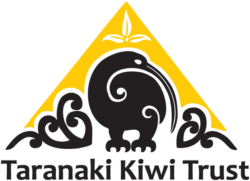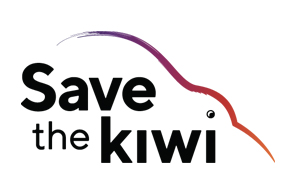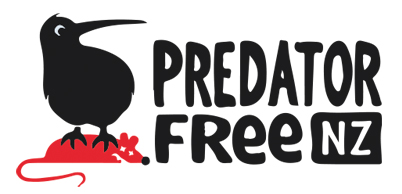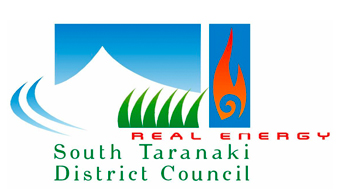Experiences of the Uruti Trappers
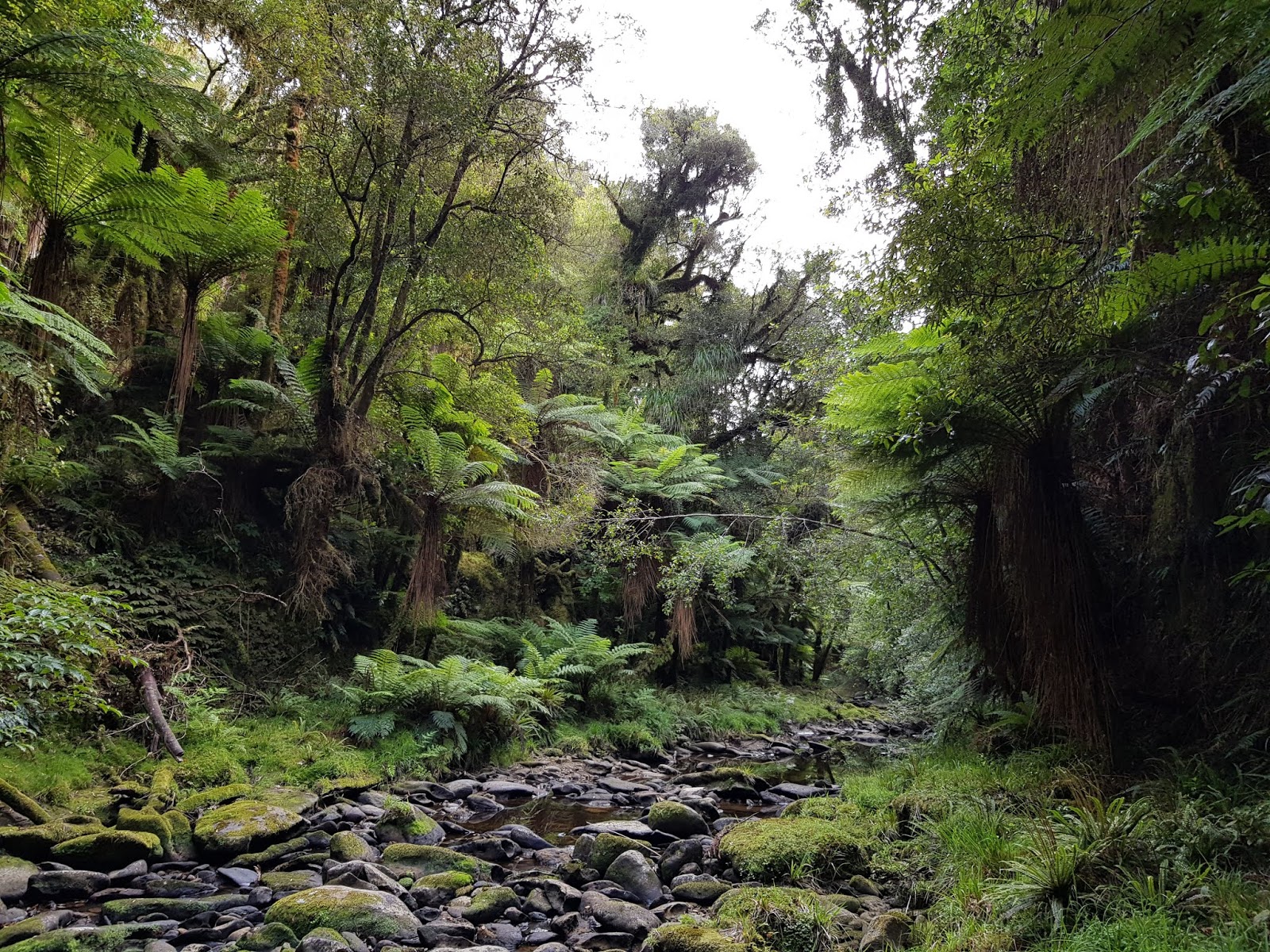
Don and I (Justine) check around 180 traps in the Uruti Valley on a monthly basis. We have traps on two different roads and two different farms in the area. We originally started off checking 104 traps, but since then have taken on another two traplines, taking the total of traps up to 180.
We spend one weekend each month in our caravan which is parked at the woolshed of a very kind and hospitable farming couple in the area. Much to our delight we have fresh running water and a flushing toilet and power (but as we’re pretty much self contained, the power is a luxury and not really needed).
One of the main pros of this volunteer work is the people we’ve met. Everyone we’ve met have been very encouraging of our efforts (once they’ve found out what we’ve been doing) and also very kind and accommodating. For example; we were recently telling our host that we were having issues with the water pump in our caravan and she very kindly offered for us to come down to the house for showers! In the end this wasn’t necessary, but this is the type of hospitality that we have experienced many times over the years.
And of course the scenery in the backcountry can be absolutely breathtaking and incredibly peaceful. I have my camera with me at all times and have many photos that we both cherish which help us to remember both the good and the (sometimes) not so good times!
I’m sure you’re all aware how changeable the weather can be in Taranaki, so this can make the difference between an absolutely fantastic or an entirely miserable day. And it’s sad to say that it does rain a fair bit in Taranaki so we always make sure we come prepared. Our quad bikes are fitted with heated hand grips and quad bike mittens. And warm gloves, coats, leggings, thermals and balaclava’s are all standard gear that we take with us on every trip.
We also carry a variety of equipment including a grubber and spade (useful for clearing some of the smaller slips), chainsaw (handy for clearing fallen logs), fire extinguisher and personal locator beacon (there is no mobile coverage in any of the areas that we visit so the PLB is a must). And whilst the grubber, spade and chainsaw are used quite often, we are pleased to advise that neither
the fire extinguisher nor PLB have ever been used. And of course, we’d like to keep it that way!
One of the hazards is the wildlife and we certainly have a few stories to tell… there was one time when Don was in the lead and I was following quite a distance behind him when I noticed a wild boar following him along the track. He was out of hearing distance so me tooting the horn did nothing to notify him of any impending danger! After a wee while the pig rushed in to Don’s right hand side in attack mode and Don not knowing what was really happening turned sharply into the bank towards it and this slowed the pig down a bit as it passed. Fortunately it didn’t manage to injure him on the way past as there was little room between the quad bike and bank on it’s way through. And once in front of the bike it stared him down for a wee while before moving on his way. Phew! We are also very wary of certain bulls (stamping their feet at us) and cows with calves as they are large beasts and it’s best to keep away from them when they’re not feeling overly friendly. There have been many times when we’ve opted to move along and check traps on our return trip because the stock in the area have seemed a bit “cagey”.
One of the farms that has around 70 traps on it has access via a low lying bridge and this bridge often goes underwater after torrential rains (which happens far more often than you would believe). I remember one time when we accessed the farm and the water was only just under the bridge and at the time, we believed the water was receding. And in this particular instance, we had to turn back early after coming across a slip and when we arrived back at the bridge, the water was just about to start lapping over the top of it. So after muttering a few exclamations and taking some photos, I hot-footed it down there and over the bridge before we were stuck on the farm having to wait for the water to recede. And whilst there is a nice cosy hut on this farm that the farmer has welcomed us to use, our caravan is a little more comfy and definitely our preferred option!
We stop at each trap checking to see if it has been triggered and if so, remove any vermin (a nice smelly job when the carcasses have been in there a while), reset the trap, replace the bait (either an egg and/or dried rabbit bait) and spray around the trap with round-up if necessary as it’s best to keep the entrance to the traps clear so the vermin can see and easily gain access to get the bait.
I normally lead the way so Don is often treated to a little “happy dance” if I find any vermin in the trap.
One of the farms we visit has 70 traps and there’s another 34 on the road on the way in, so it’s a big day when you have to get on the off the quad bike 104 times (actually it’s a few more than that as there are several gates that need to be opened and closed on the way through); and there are about 6 traps that we have to walk to. The terrain can be challenging at the best of times so concentration is always required.
We always leave this farm feeling tired, but very satisfied that we have done our best to control the rats, hedgehogs, stoats and weasels in the area. We know there are kiwi nearby as we had a special opportunity to accompany other volunteers on an egg lift in this area a couple of years back. Rockstar (who hatched in Kevin’s car on the way up to Rotorua) is now doing extremely well on Mt Taranaki after a recent health check, so that in itself is an incredible reward for all of our work.
If you love the outdoors, are not afraid of hard work and get a kick out of helping our native wildlife then this would be a great job for you. So why not give it a go?
